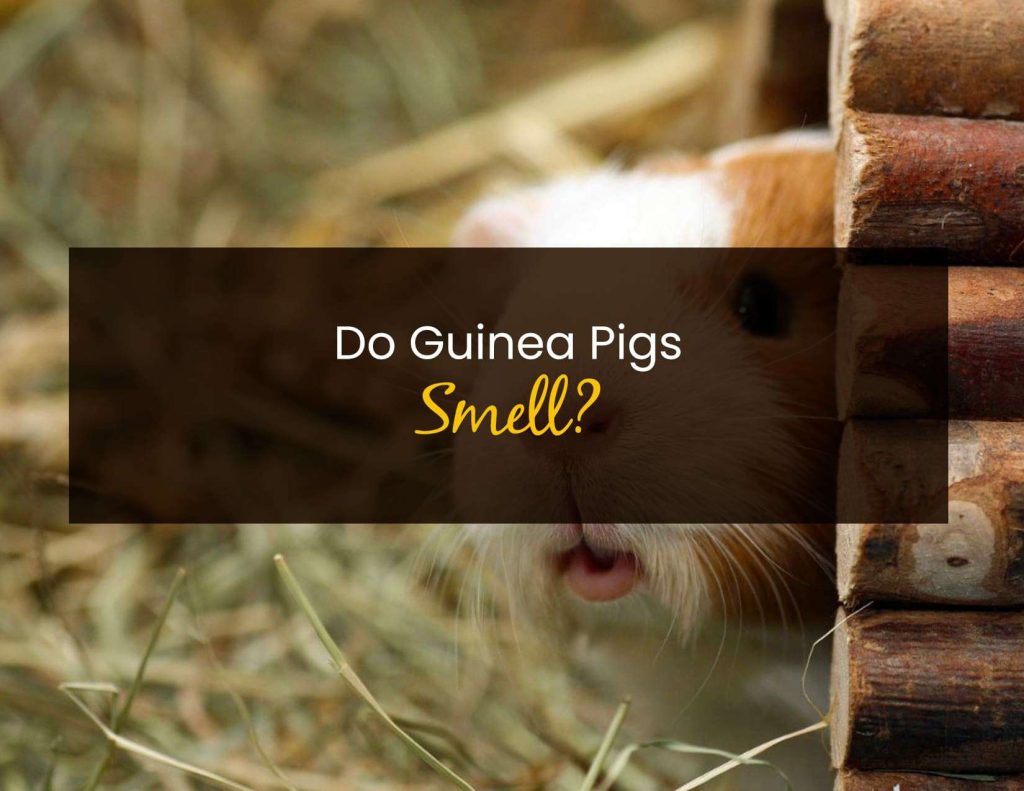The gerbil is a native of the desert regions of both northeastern China and Mongolia. They are social and burrowing omnivorous animals, which will provide a lot of pleasure if you adopt them as a pet. The animals are active both day and night and will barrow elaborate living spaces with nesting rooms, food storage areas, and food compartments.
They come in various colors, including mixed brown, darkly pigmented skin, and light brown, among others. They also come with a marking scent gland which comes in a tan color at a hairless region at the middle of the abdomen
The rodent is a curious odorless friendly animal and adapts well in captivity. Compared to other gerbils species, they are harder when it comes to health problems. They rarely bite, are easy to clean and handle, making them ideal pets.
Gerbils are fun pets to keep, especially for kids. They are not that hard to take care of and compared to other rodent species, they are the toughest. However, this does not mean that they do not require some level of care.
The best way to take care of gerbils is giving them proper hygiene, a good diet, and regular visits to the vet.
This article will take a look a how you can take care of a pet gerbil in details, especially for first-time owners.
Let’s take a look.
Taking Care of Gerbils
Below are various aspects and ways of taking care of your pet gerbil.
Diet
As with any pets, ensure you provide clean water for them at all times. While in the wild, the rodent feeds mainly on seeds, grass, and insects, while in captivity, you must provide a pelleted ratio in the ratio of 20 to 22 percent protein.
Most processed foods come in pellets or dry blocks; you may also get seed diets formulated for gerbils but will require some supplementary diets. Gerbils mostly prefer sunflower seed-based diets to pellets, as these seeds are low in certain nutrients and need some supplementing, including calcium and cholesterol. You can also add a couple of more supplements including, sugarless cereals, wheat bread, pasta, cheese, dog biscuits, and more.

If you want to introduce the pet to new foods, do some research first and get the advice of your vet, after which you can introduce them at a slow pace to help get the pet adapted t the food gradually and avoid adverse reactions such as diarrhea.
Gerbils will at least 5 to 8 grams of food daily, both day and night, which can be spread around the cage to help keep the pet active in searching for food. Most of the time, a gerbil will bury its food with the bedding material, which makes it necessary to clean its bowl and cages regularly
When it comes to water, a gerbil should have a water source with effective techniques as to how the pet will access it, including using a specially designed bottle that allows water to drip whenever the gerbil needs it. Lack of water may lead to several health issues, including dehydration, lower body weight, and infertility.
Add a sipper tube to the water bottle, and voila, you have a sophisticated water feeder. Gerbils are not o bury food in their beddings and may attempt to do the same with the water bowl and end up creating a mess.
If the water bottle is a plastic one, and the gerbil chews through it, it will be essential to provide it with a new water bottle to help prevent any mold growth inside the pet’s cage.
The average gerbil adult will drink around 4 to 10 ml of water daily, but this does not mean you allow the water in the water bottle to last till it finishes off, rather replace undrunk water with some freshwater daily.
Handling
The gerbil is a natural curios animal and will want to know you and its new habitat, making it an easy animal to handle and get close to. Most gerbils will need you to stretch out your hand, and they will come to you so that you can scoop them on the palm of your hand.
Never grab the gerbil by its tail as it may lead to the animal getting some injury through sloughing of the skin.
If not used to getting handled, they may jump or ran away initially when you try to handle them, but with a bit of patience and interaction, they will soon warm up to you.

If the gerbil appears nervous, you can scoop it with a bowl and transfer it to your hand or another area. After scooping them, keep them safely and comfortably positioned in the palm of your hand, with an over-the-back grip. Do this by scuffing the loose skin over the back and neck between your index and thumb fingers while t the same time holding the tail gently between the fifth and fourth fingers.
Housing and Environment
Caging
Most cages meant for rodents, such as gerbils, will mostly come with several cage furniture meant for your pet, including exercise wheels, tunnels, nest boxes, and more. This furniture and equipments help make the gerbils stay more exciting through provisions of thins that will keep your pet engaged and entertained.
A gerbils cage will require to be cleaned at least once or twice a week, with smaller cages requiring even more frequent cleaning, as they may quickly fill up with rotten food from the gerbils hiding it in the bedding.
There are a variety of cages out there, all with different advantages attached to them. One general thing you should ensure, regardless of the cage you want to buy, is the security, such that the gerbil cannot get out of the cage, as it is a small creature that may end up as lunch or stepped on by mistake.
It is worth noting that, although wire cages have good ventilation, they can easily get messy and drafty, especially in colder areas. Beddings can also go in between the wires making even more of a mess. Gerbils may also chew on the wires and damage their teeth or get their limbs stuck between the mesh. So if you are thinking of getting a wire cage, find a way of covering up the holes, and ensure it does not allow too much cold in.
There are several plastic cages on the net, which come equipped with several fun activities for the rodent. However, most of these types of cages are too small for the comfort of the gerbil and may end up constricting its space. They also come with poor ventilation and are, at times, quite hard to clean. The gerbil may also chew on the plastic cage, create a hole and escape through it, leading to fatal outcomes.
Glass aquariums are another form of a cage that helps prevent the pets’ bedding from getting pushed out of the cage. However, they have reduced ventilation which may lead to temperature and humidity issues.
If you happen to have two adult gerbils by chance, you require at least 24inches 10 inches types of cages to provide enough space for both gerbils to thrive.
Provide at least twelve hours of light cycles, with a temperature of 65 degrees to 35 degrees and humidity between 30 and 50 percent.
Gerbils are social animals and will interact well with other gerbils, allowing them to exist as a group of males and females.
Bedding Material
To provide the best conditions for your pet gerbil, provide it with a solid bottom and a lot of nesting material. The type of bedding material you decide to use should be free from dust, non-toxic, and absorbent, and dust-free. The most preferred types of beddings include wood pulp or paper beddings such as Care fresh.
All beddings used for the gerbil’s cage should be free from mildew, mold, and contaminants. Also, avoid using cedar, pine or chlorophyll impregnated shaving, which poses a risk to the gerbils of liver disease.
The bedding should be around to three inches thick to cater to the gerbils burrowing habits. The best nesting materials for gerbils include shredded paper, paper towels, and toilet paper. Avoid cotton fluff as it may get ingested by the gerbil and end up causing gastrointestinal impactions.
Cage Accessories and Toys
Gerbils are quite the active types of rodents, and as previously stated, will need to be kept entertained and busy. One of the best things you can give a gerbil is toys to stimulate them both mentally and physically.
As the gerbil will spend most of its time inside the cage, providing them with something like an exercise wheel will help motivate it to run and exercise. However, take care of the type of exercise wheel you provide so as not to give them something that may injure them. You can add masking tape to the wheel to ensure all the holes are covered, and there is no risk of injury through its tiny feet getting caught in between the wires.
You will need to replace any tape you add to the wheel regularly as the gerbil will constantly chew on it. Some gerbils will even go to the extent of chewing on the wheel itself and gradually destroying it regardless of the material that made it. This means you have to also constantly inspect the exercise wheel and ensure you replace it when the damage becomes too much.
In addition to the wheel, a plastic exercise ball may also come in handy and provide some playtime and interaction between the gerbil and the owner. Ensure you supervise the gerbil while playing with the ball, and also ensure that doors and stairs are locked, so that t do not go off.

It is also essential to provide gnawing toys to help keep the gerbil’s teeth in check. Gerbils have constantly growing teeth that will overgrow and pose a health hazard if not kept in check. This requires pet owners to provide their gerbils with chew toys that help keep their teeth sizes in check.
Provide your pet gerbil with wood toys or cardboard, or shredded paper for the gerbil to chew on.
You can also construct a playpen or a maze for the gerbil to keep it busy and provide some out-of-cage playtime activity. A playpen is created with the help of some cardboards plus some genius on your part, or you can opt for the commercial mazes.
Ensure you are keen while the gerbil is out of their cage as they may escape the maze and decide to take a look around the house, which may be dangerous, especially if you have another pet or other people inside the house.
Breeding
Gerbils can be paired for mating when they reach at least 7 to 8 weeks of age. You may find it odd, but some gerbils will form a monogamous relationship after airing for the rest of their lives. A gerbil will first mate when it’s between 10 to 12 weeks of age.
Gerbils will go through a difficult time when a mate dies and will need a lot of patience and companionship from the pet owner.
There is also a possibility to breed one male gerbil with two female ones; however, this will come with infighting between the two female gerbils.

The male gerbil is responsible for taking care of the kids, to a point you can even remove the female from the nest after they give birth and let the male remain with the gerbil babies.
A normal non-lactating gerbil will go through a gestation period of between 24 and 26 days. Litter sizes average between 4 to 6 pups, born furless, blind, and quite helpless. The pups will have their ears open at around 3 to 7 days, with fur developing between 7 and 10 days.
Incisor will come in at 12 to 18 days while the eyes open last at around 14 to 20 days, while weaning comes last at 21 days.
The menstrual cycle lasts 4 to 6 days for a total of roughly six litters for their productive lives. Female gerbils will remain productive up to 18 months, while female gerbils will remain active for 24 months.
Unlike most other rodent species, young gerbil litters are rarely cannibalized. Still, they may get abandoned due to several factors, including excessive handling of the young, lack of nesting materials, or a lack of food.
Sex
You can get to know which gender you have after at least four weeks of age, where the gerbil’s scrotal sacks will become visible in males.
Behavior
Scent marking
They mainly use this to mark their territory, where the gerbil rubs their belly against an object being marked, leaving behind a distinct scent.
Foot Stamping
In case of danger, or a declaration of territory, the gerbil makes thumping noises on the ground and can also do the same to express some sexual excitement.
Grooming
Gerbils will not require a bath as they can keep themselves clean without any help. Bathing a gerbil may lead to it becoming cold which may increase the chances of it getting sick
Coprophagy
This s the practice of consuming feces and is a common thing among gerbils. Don’t be alarmed to see your gerbil eating its feces and it has food available; they get a lot of nutrients by digesting the food twice. However, this may also be a sign of lack of certain nutrients as animals with a balanced diet rarely feed on feces.
Disease Conditions
Certain diseases are common to gerbils which include:
1. Renal Disease
This disease mainly affects older gerbils, resulting in poor appetite, increased urination, lethargy, and weight loss. This disease requires supportive care, clean water, ample air, and plenty of food.
2. Carcinomas and melanomas
Older gerbils also tend to develop carcinomas and melanomas, which develop around the ear feet and base of the tail.
3. Neoplasia
Gerbils are prone to cancer and tumors, especially after they attain two years of age and above. Female gerbils are most affected as the tumors affect the ovary and may decrease litter sizes or distended abdomens.
4. Tyzzers Disease
This is a bacteria-caused disease that is quite dangerous to the gerbil. It gets into the body through the digestive tract and leads to diarrhea, leading to more health concerns.
Symptoms include ruffled fur, hunched posture, lethargy, and poor appetite. This disease s easier to prevent than to heal, and care should be taken if you have a gerbil with t. it is the kind of disease that will require new cage and cage materials and separation of sick gerbils from the healthy ones.
5. Conjunctivitis
This is a disease that affects the inner side of the eyelids and exposed eye surfaces. It can be caused by irritants that go into their eyes, including dust.
If you see your et getting inflammations around the eyes or have a discharge around the eyes, they may have this disease.
What To Do In Case Your Pet Is Sick

The first thing you should do if you suspect the pet is sick visits the vet. This will help ascertain what is going on with the pet. You will also get the best advice to help heal the pet, plus the correct medicine to use.
Conclusion
Taking care of a gerbil is not as hard as you may think, and regular visits to the vet plus a hygienic environment and popper diet are sure to see your gerbil live a long and happy life.










